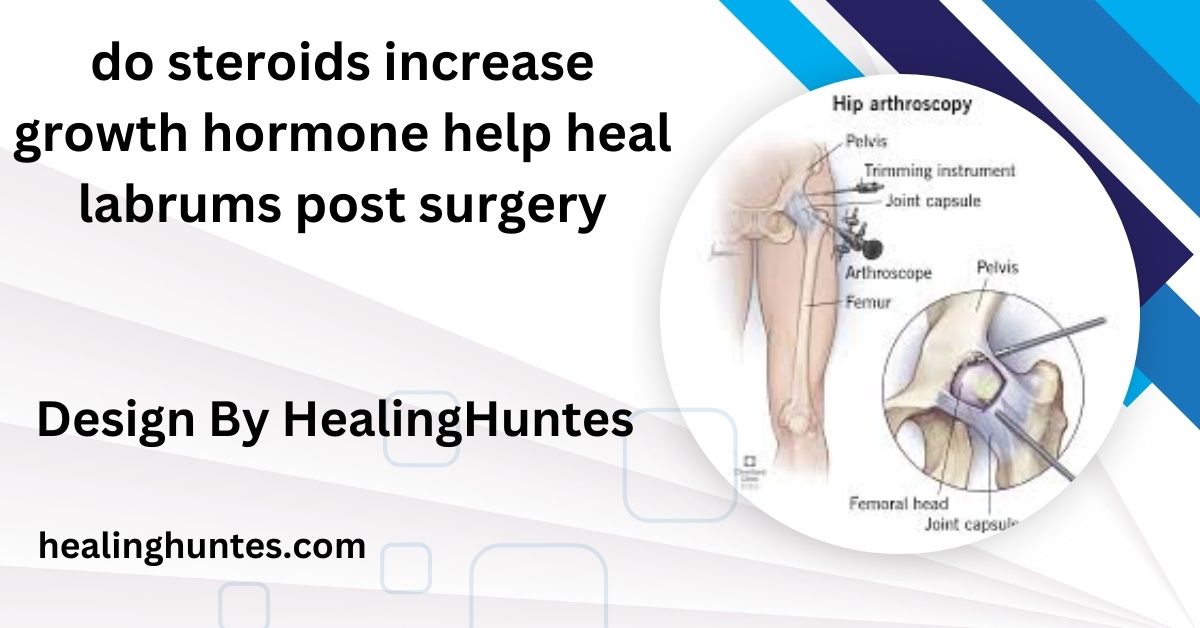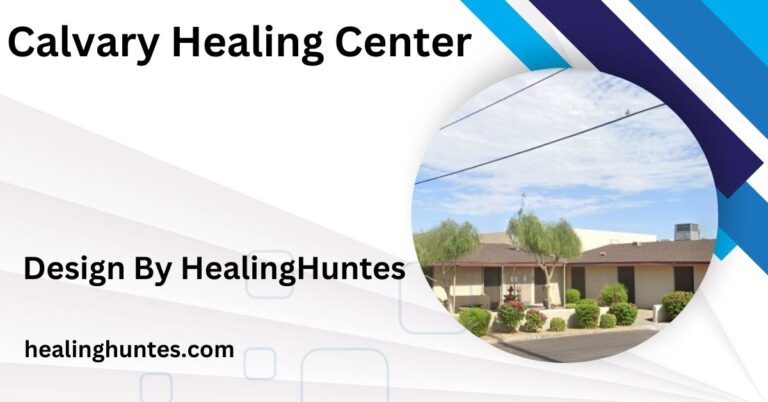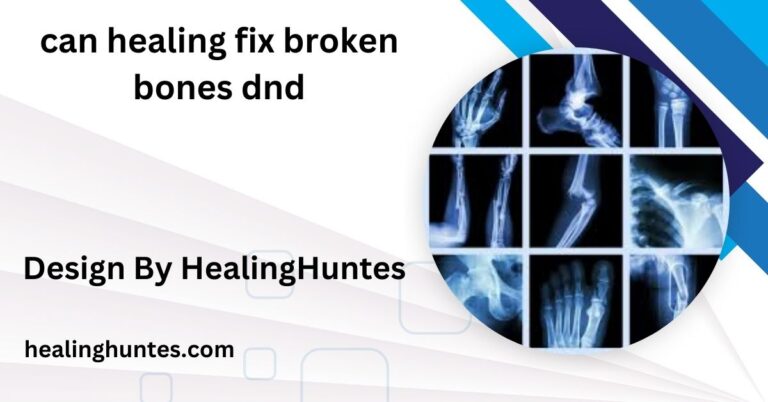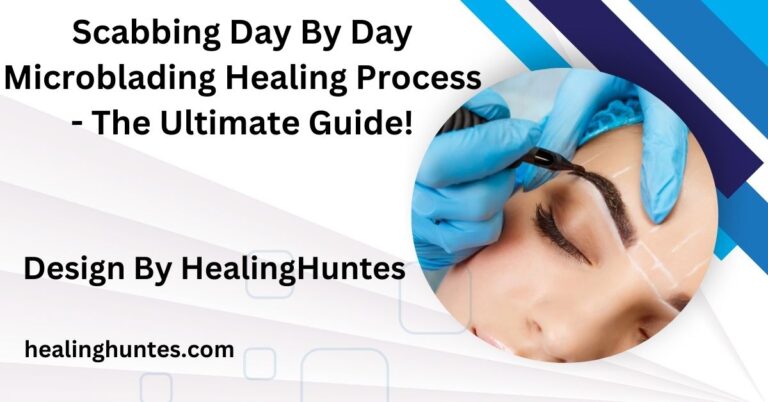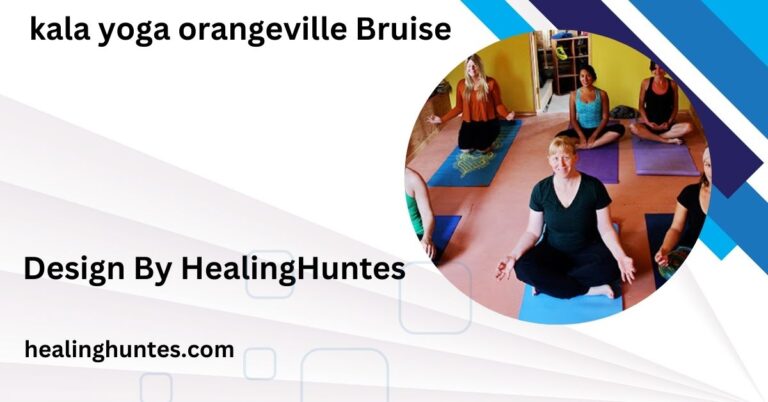Do Steroids Increase Growth Hormone Help Heal Labrums Post Surgery – A Complete Guide!
Steroids and growth hormones may aid labrum recovery by reducing inflammation and promoting healing, but they carry risks and require medical supervision.
This article explores the potential benefits and risks of steroids and growth hormones in recovery, along with essential information to consider.
Understanding Labrum Injuries:
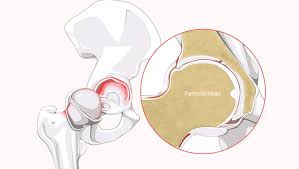
The labrum is a cartilage structure that surrounds the socket of the shoulder or hip joint, providing stability and cushioning. It is essential for proper joint function, helping to keep the ball of the joint securely in place. Injuries to the labrum can result from various factors, including trauma, repetitive motion, or degeneration over time.
Labrum injuries can manifest in several ways, including pain, instability, and reduced range of motion. Surgical intervention is often necessary to repair a torn labrum, especially in cases where conservative treatments have failed. The recovery process can be lengthy and challenging, making effective healing strategies crucial for patients.
The Healing Process After Labrum Surgery
After undergoing labrum repair surgery, the body goes through a series of healing stages:
- Inflammation Phase (Days 1-5): The initial phase involves swelling, pain, and redness as increased blood flow brings immune cells to repair the tissue, causing discomfort and limited mobility.
- Proliferation Phase (Days 5-21): New tissue forms as collagen production increases, replacing damaged cells and reducing swelling. Gentle rehabilitation begins, but overexertion should be avoided.
- Maturation Phase (Weeks 3-6+): As new tissue matures, function improves, pain decreases, and patients start intensive rehab to restore motion and strength.
Understanding this healing timeline helps determine whether steroids or growth hormones can positively influence recovery.
Also read: Can Open Close Arm After Workout Bicep Heal Fast Bcops – Bicep Healing and Recovery Tips!
The Role of Steroids in Healing:
Types of Steroids:
Steroids can be broadly categorized into two types:
- Corticosteroids:Anti-inflammatory corticosteroids reduce swelling and pain post-surgery and can be administered orally, by injection, or topically.
- Anabolic Steroids: Anabolic steroids, synthetic testosterone derivatives, enhance muscle growth but are controversial due to abuse risks and side effects.
Benefits of Steroids Post-Surgery:
- Reduced Inflammation: Corticosteroids reduce inflammation and pain, allowing for quicker recovery and earlier engagement in physical therapy.
- Effective Pain Management: Steroids offer significant pain relief, enabling patients to focus on rehabilitation without discomfort.
- Improved Range of Motion: By reducing inflammation, corticosteroids can help restore mobility faster, allowing patients to resume their normal activities more quickly.
Risks of Steroid Use:
- Delayed Healing: While corticosteroids can reduce inflammation, overuse may impede tissue healing. Some studies suggest that excessive steroid use can slow the healing of tendons and ligaments, leading to prolonged recovery times.
- Side Effects: Potential side effects of steroid use include weight gain, mood swings, increased risk of infections, and other hormonal imbalances. Long-term use can lead to more severe health complications, including adrenal suppression and osteoporosis.
- Dependency and Abuse: The misuse of anabolic steroids for performance enhancement poses significant health risks. Athletes who use these substances may face legal repercussions and long-term health consequences.
Growth Hormones and Their Impact on Recovery:
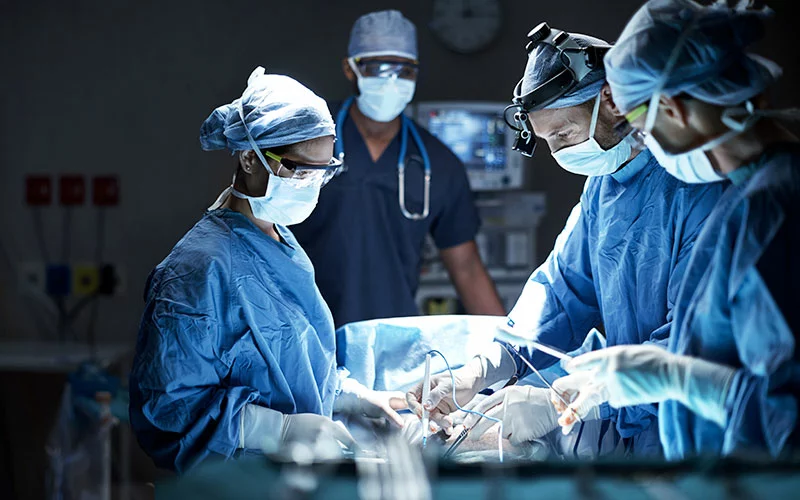
What Are Growth Hormones?
Human growth hormone (HGH) is a peptide hormone produced by the pituitary gland, essential for growth, cell regeneration, and reproduction. HGH is known for its role in muscle growth, fat metabolism, and overall tissue repair. Some athletes and bodybuilders use HGH to enhance performance and recovery, though its use is often banned in competitive sports.
Benefits of Growth Hormones in Healing:
- Enhanced Tissue Repair: Growth hormones may stimulate collagen synthesis, which is crucial for the repair and regeneration of damaged tissues. This can potentially speed up the healing process following surgery.
- Improved Muscle Regeneration: HGH aids in restoring muscle mass and strength after surgery, which is vital for rehabilitation. Patients who undergo labrum surgery often experience muscle atrophy due to disuse, and growth hormones can help counteract this effect.
- Reduced Recovery Time: Some studies suggest that HGH can decrease the overall recovery time after surgical procedures, allowing patients to return to their regular activities more quickly.
Risks of Growth Hormone Use:
- Hormonal Imbalance: Excessive use of growth hormones can lead to hormonal issues, including acromegaly, a condition characterized by abnormal growth of bones and tissues.
- Potential for Abuse: Misuse of growth hormones, particularly in athletic contexts, poses serious health risks and ethical concerns. Athletes caught using HGH can face penalties, including suspensions or bans from competition.
- Cost and Accessibility: Growth hormone therapy can be expensive, and not all patients may have access to it. Additionally, the need for regular medical supervision adds to the overall cost and complexity of treatment.
Also read: How Long Do Cut Gums Take To Heal – A Complete Guide!
Combining Steroids and Growth Hormones for Recovery:
Some healthcare professionals may consider using both steroids and growth hormones to enhance recovery after labrum surgery. However, this approach should only be pursued under strict medical supervision due to the associated risks.
Potential Benefits of Combination Therapy:
- Enhanced Healing: The anti-inflammatory effects of steroids and regenerative properties of growth hormones may lead to faster healing and a comprehensive recovery strategy.
- Improved Functionality: Using both treatments could potentially lead to quicker rehabilitation and an earlier return to normal activities, benefiting patients who wish to regain their pre-injury level of performance.
- Synergistic Effects: The combined action of steroids and growth hormones may provide a synergistic effect, promoting tissue healing and recovery more effectively than either treatment alone.
Caution and Medical Supervision:
Consulting with a healthcare provider is crucial before considering any steroid or growth hormone therapy after surgery. They can offer personalized recommendations based on individual health conditions and recovery goals. Additionally, medical professionals can monitor for potential side effects and adjust treatment plans as necessary.
FAQ’s
1. Do steroids speed up recovery after labrum surgery?
Steroids can reduce inflammation and pain, allowing for an earlier start to rehabilitation, potentially speeding up the overall recovery process.
2. Can growth hormones help heal labrum injuries?
Growth hormones may enhance tissue repair and muscle regeneration, which can improve recovery times after labrum surgery.
3. Are there risks associated with using steroids or growth hormones?
Yes, both steroids and growth hormones can have side effects, including hormonal imbalances and delayed healing if misused.
4. Should I consider steroids or growth hormones after labrum surgery?
Always consult with your healthcare provider for personalized advice based on your individual circumstances and health status.
5. Is it safe to combine steroids and growth hormones for recovery?
Combining these treatments should only be done under medical supervision due to the potential for adverse effects and complications.
Conclusion
In conclusion, while steroids and growth hormones may aid recovery after labrum surgery by reducing inflammation and promoting tissue repair, they come with risks. It’s essential to consult a healthcare professional to ensure safe and effective treatment. Prioritizing medical guidance will support a smooth recovery and help patients return to normal activities.
